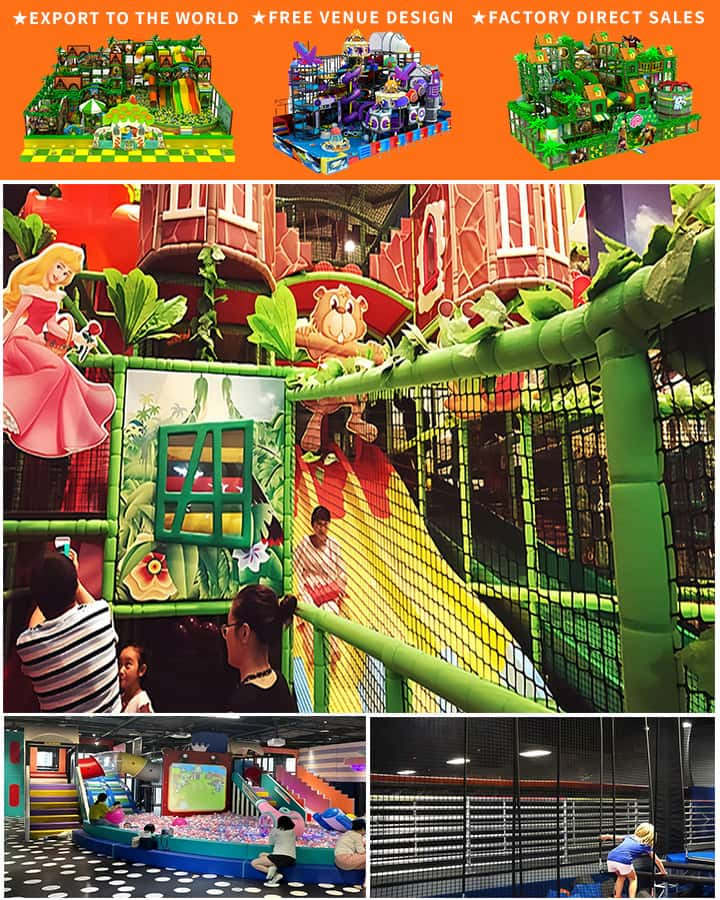In the digital age, where children are often glued to screens, creating engaging and stimulating environments for kids has never been more crucial. One way to achieve this is through imaginative indoor playground designs that cater to various needs—be it physical activity, social interaction, or cognitive development. Here’s a closer look at how innovative indoor playground designs can provide a holistic play experience for children.
The Importance of Indoor Playgrounds
Indoor playgrounds offer numerous benefits that outdoor spaces sometimes can’t provide, such as climate-controlled environments and year-round accessibility. They also offer a safe haven where kids can engage in physical activities regardless of weather conditions. Moreover, well-designed indoor playgrounds can help combat childhood obesity by encouraging regular exercise in a fun and engaging manner.
Key Elements of Modern Indoor Playground Design
1. Safety First
While fun should be the primary focus, safety is paramount. High-quality materials, soft flooring, and rounded edges ensure that kids can play without risk of injury. Regular maintenance checks and adherence to safety standards are essential practices in any indoor playground design.

2. Diverse Play Areas
Modern indoor playgrounds are segmented into different zones catering to various types of play:
- Physical Activity Zones: Equipment like climbing walls, slides, and balance beams promote physical fitness and coordination.
- Sensory Play Zones: Areas with textured walls, interactive sound elements, and colorful visuals stimulate sensory development.
- Educational Play Zones: Incorporating elements like puzzles, building blocks, and interactive learning panels can boost cognitive skills.
3. Inclusive Design
Inclusivity ensures that every child, regardless of their abilities, can enjoy the playground. Features like wheelchair-accessible swings, sensory-rich areas for children with autism, and varying height levels on play structures accommodate kids of all physical and developmental stages.
4. Creative Themes
Themed playgrounds, whether jungles, pirate ships, or space stations, add an element of adventure and imagination. These themes make the environment more engaging and encourage role-playing, which is vital for social development.
5. Parent Participation Areas
Designated zones for parents to relax or participate alongside their children help foster family bonding. Comfortable seating areas and transparent barriers allow parents to keep an eye on their kids without being intruding.
Technological Integration
Incorporating technology in moderation can enhance the play experience without overwhelming it. Interactive digital games, augmented reality (AR) installations, and even simple tablet-based educational activities can complement traditional play elements. However, the key is balance; technology should enrich the experience rather than replace the tactile joy of physical play.
Benefits Beyond Fun
Aside from being a source of entertainment, well-designed indoor playgrounds offer numerous developmental advantages. They improve motor skills, encourage social interaction, and foster creativity. Cognitive development is also enhanced through educational games and problem-solving activities embedded within the playground structure.
Conclusion
Creating an exceptional indoor playground is about blending fun, safety, and developmental value. By focusing on diverse play areas, inclusive design, and thoughtful use of technology, these spaces can become sanctuaries of joy and growth for children. As our understanding of child development deepens, so too will the innovation in indoor playground designs, ensuring that future generations have access to enriching and stimulating play environments.




